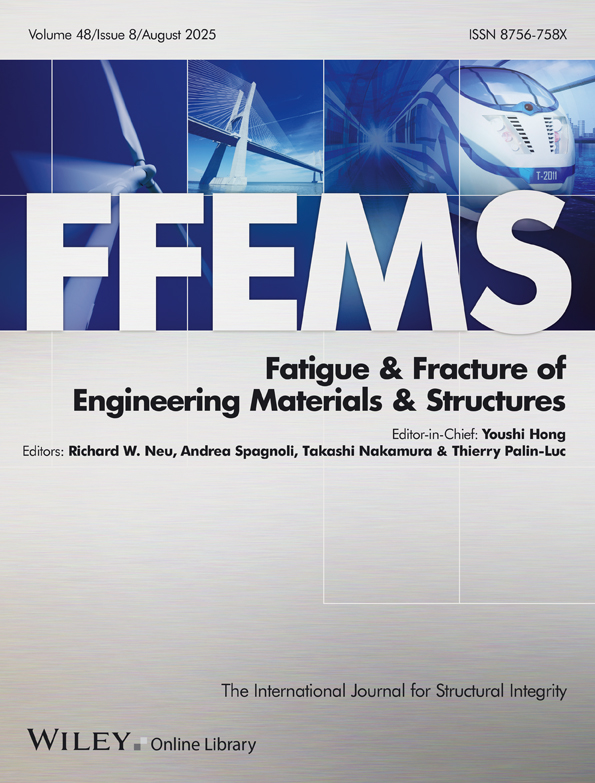Tensile and compressive damage coupling for fully-reversed bending fatigue of fibre-reinforced composites
Abstract
ABSTRACT Due to their high specific stiffness and strength, fibre-reinforced composite materials are winning through in a wide range of applications in automotive, naval and aerospace industry. Their design for fatigue is a complicated problem and a large research effort is being spent on it today. However there is still a need for extensive experimental testing or large safety factors to be adopted, because numerical simulations of the fatigue damage behaviour of fibre-reinforced composites are often found to be unreliable. This is due to the limited applicability of the theoretical models developed so far, compared to the complex multi-axial fatigue loadings that composite components often have to sustain in in-service loading conditions.
In this paper a new phenomenological fatigue model is presented. It is basically a residual stiffness model, but through an appropriate choice of the stress measure, the residual strength and thus final failure can be predicted as well. Two coupled growth rate equations for tensile and compressive damage describe the damage growth under tension–compression loading conditions and provide a much more general approach than the use of the stress ratio R. The model has been applied to fully-reversed bending of plain woven glass/epoxy specimens. Stress redistributions and the three stages of stiffness degradation (sharp initial decline – gradual deterioration – final failure) could be simulated satisfactorily.




